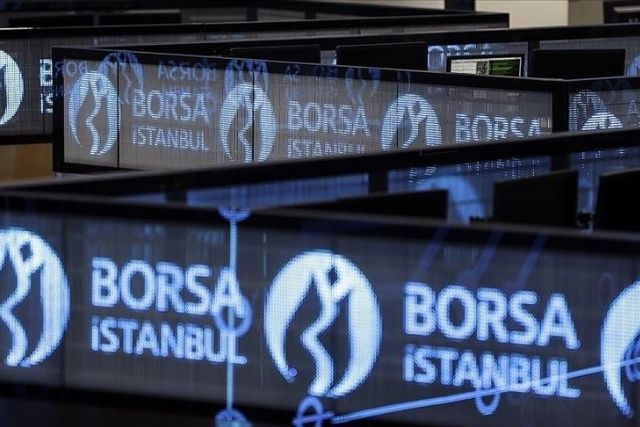EU adopts 2030 climate targets on carbon emission
5 new laws aim to reduce bloc’s greenhouse gas emissions by at least 55% by 2030

BRUSSELS
EU member states approved on Tuesday five new laws that “will enable the EU to cut greenhouse gas emissions within the main sectors of the economy,” including maritime transport and aviation industry, the Council of the EU announced.
The legislation is part of the EU's main climate action package called “Fit for 55” which aims to reduce the bloc's greenhouse gas emissions by at least 55% by 2030 compared to the 1990 levels.
The law redesigns the Emission Trading System (ETS), the EU's carbon market which is based on the principle of “the polluter pays” but grants “cap-and-trade” emissions allowances for energy-intensive industries, the power generation, and the aviation sector.
Under the new rules, ETS sectors, such as energy, iron, paper, or oil industry, must reduce their greenhouse gas emission by 62% compared to the 2005 levels.
Free emission allowances in the aviation sector will be gradually phased out from 2026.
The reform also creates a separate emission regime for road transport and construction, and for the first time, it includes the maritime industry in the ETS.
In order to prevent unfair competition from non-EU trade partners, the EU will tax imports from carbon-heavy industries, such as cement, aluminum, fertilizers, electric energy production, hydrogen, iron, and steel.
Between 2026 and 2034, free allowances on the imports of these goods will be phased out and the companies will have to pay the difference of carbon price.
With a budget of €65 billion ($71 billion), a Social Climate Fund will also be set up to support vulnerable households, small businesses, and transport users to adapt to the higher climate standards.
The EU member states' approval completes the legislation procedure on the key climate action package after the European Parliament okayed it last week.





